Electrical Engineering: AC Circuits Assignment - Teesside University
VerifiedAdded on 2023/04/21
|8
|410
|302
Homework Assignment
AI Summary
This document provides a comprehensive solution to an AC Circuits assignment. It covers several key areas including calculating apparent and reactive power, determining circuit currents and impedances, and analyzing the behavior of inductive loads. The assignment also includes problems related to transformers, such as determining turns ratios, primary and secondary currents, and maximum flux. Furthermore, the solution addresses voltage waveforms, harmonic analysis, and the calculation of voltage at specific time points, as well as the percentage error. The assignment is designed to test the understanding of fundamental AC circuit concepts and their application in practical scenarios, with a focus on problem-solving and analytical skills. This resource is valuable for electrical engineering students seeking to improve their understanding of AC circuits and excel in their coursework. This assignment is a part of the Teesside University, Engineering Science module.
1 out of 8
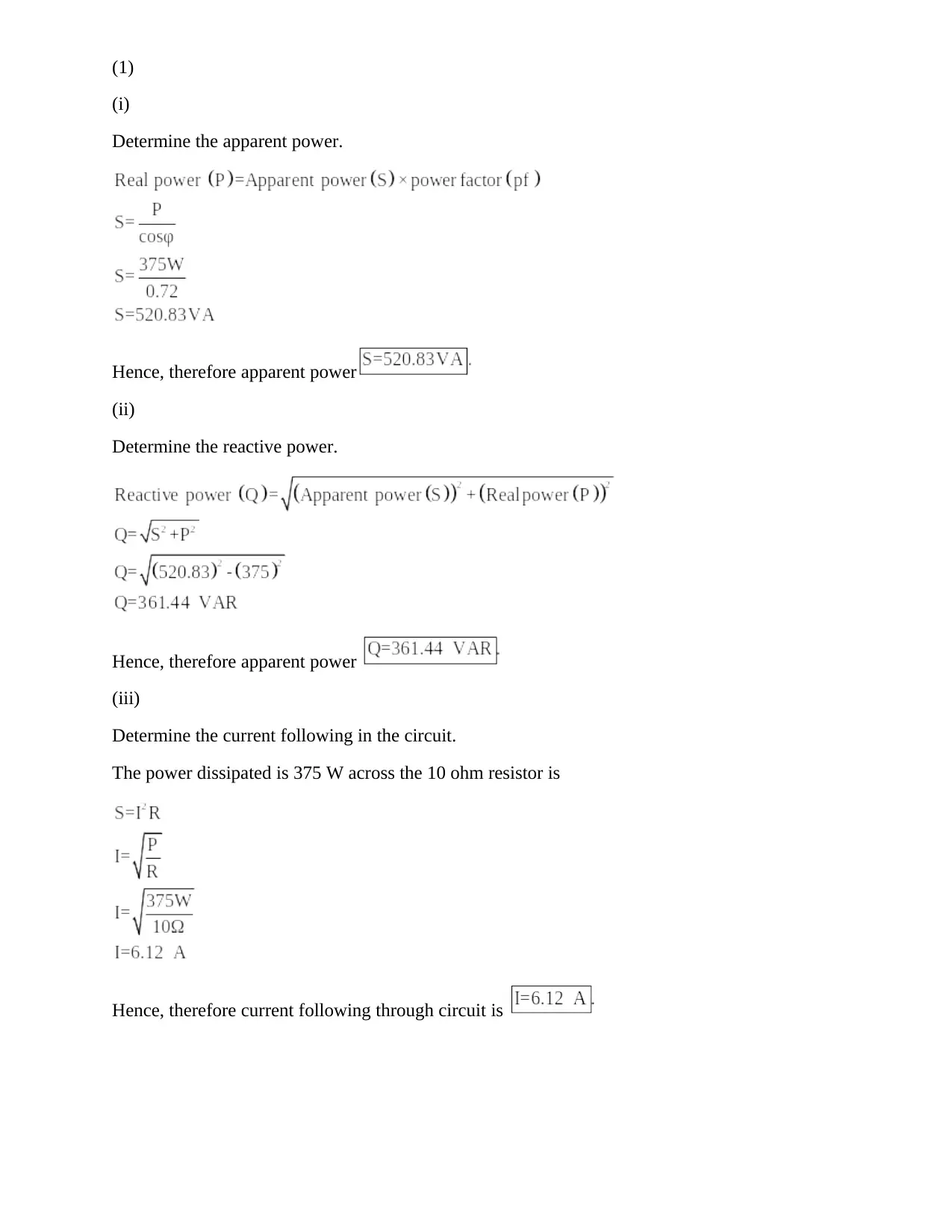
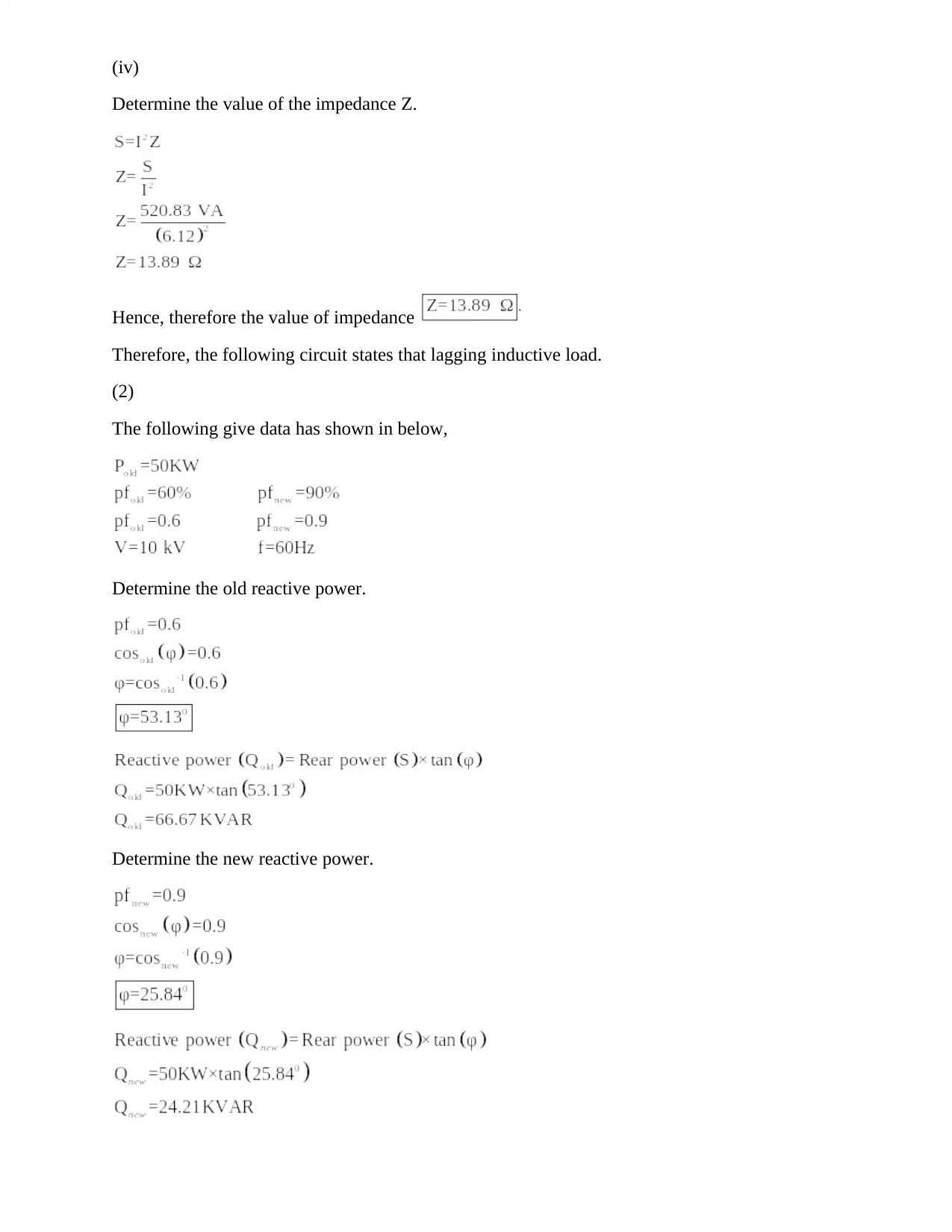
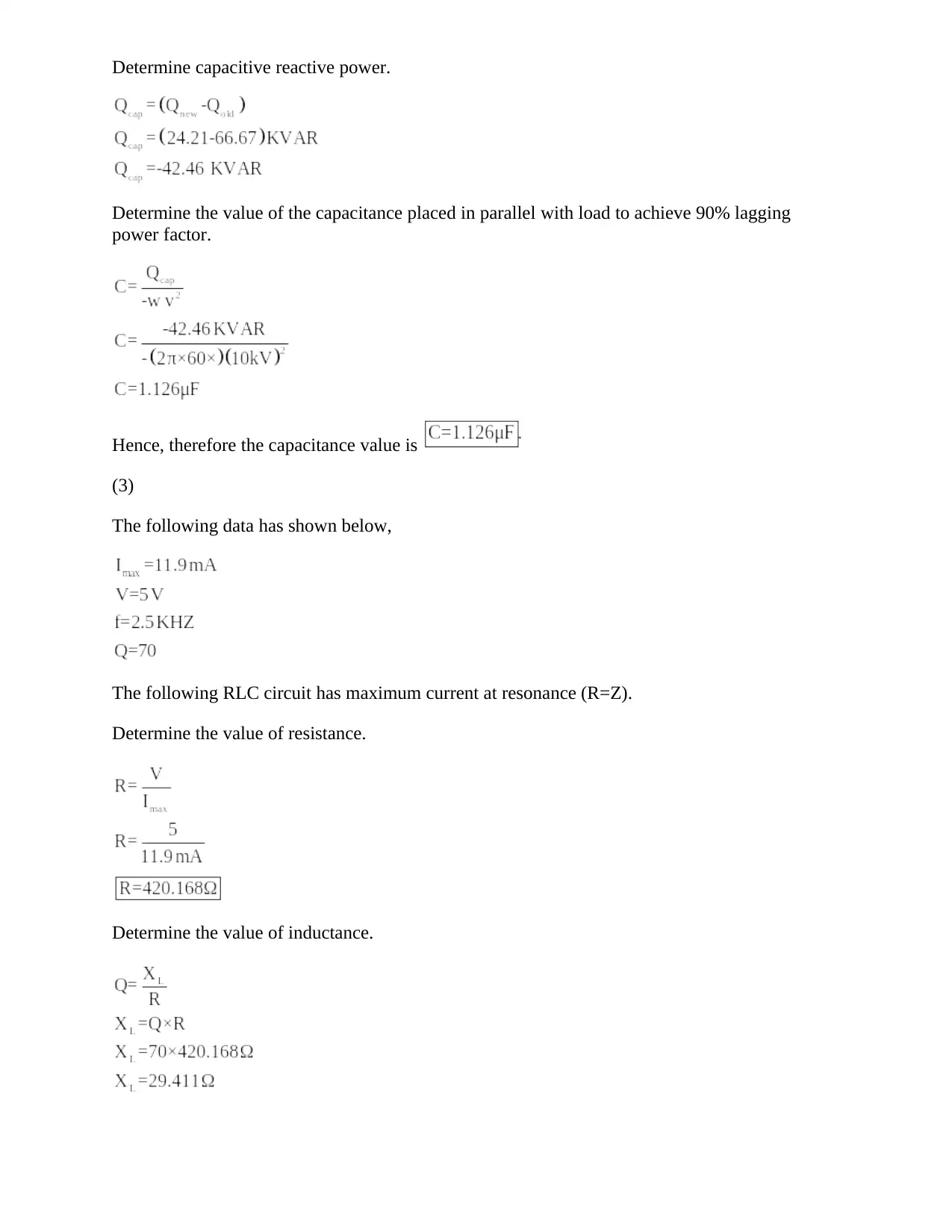

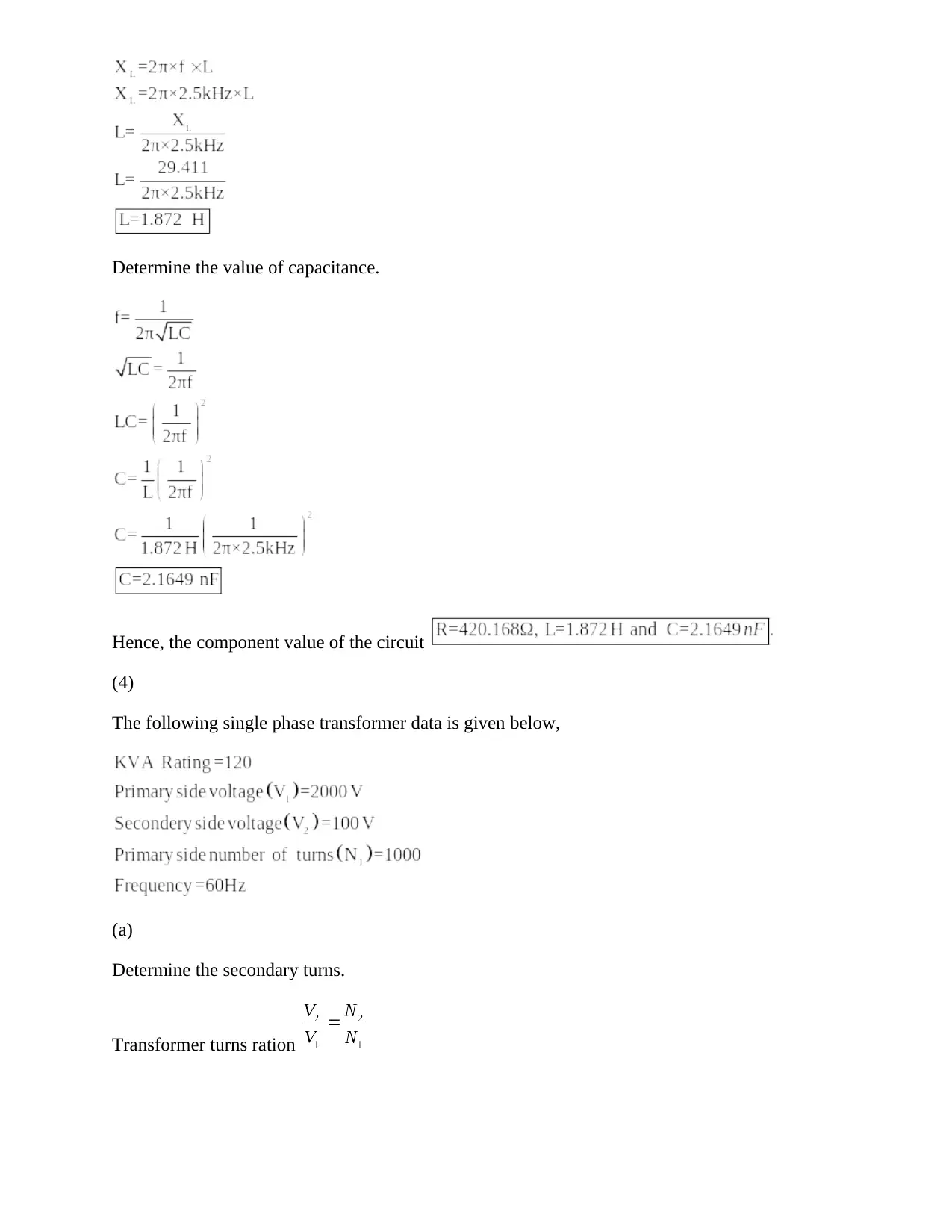
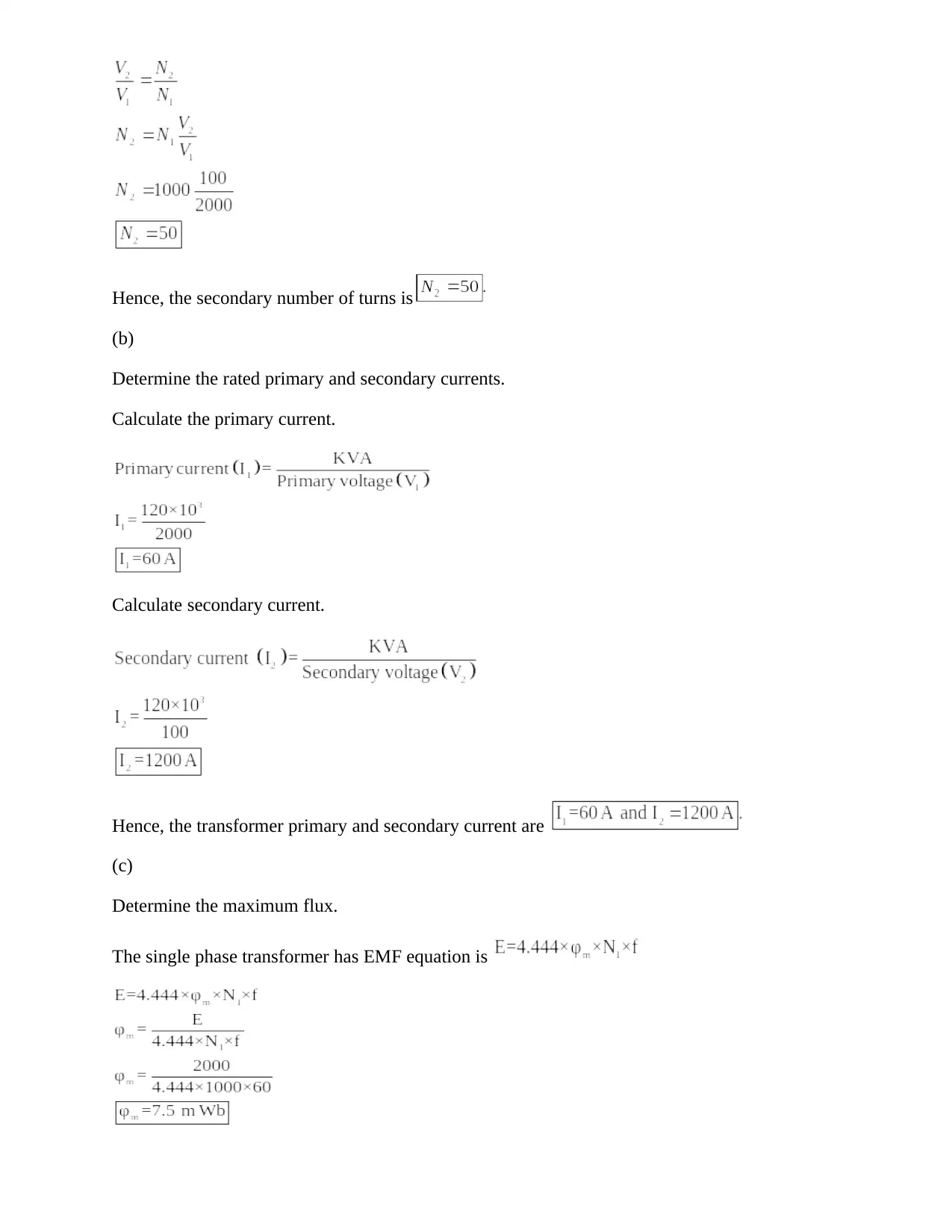
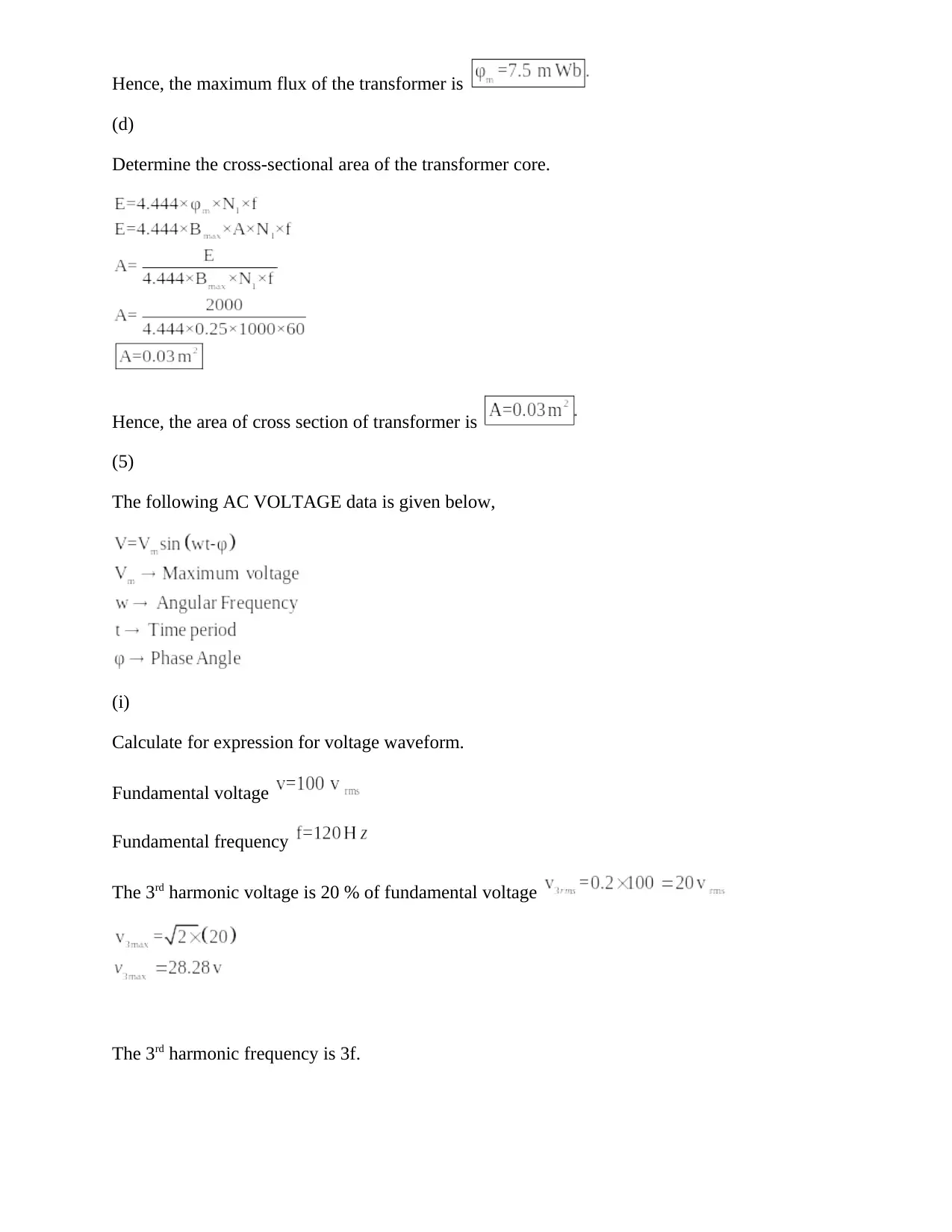
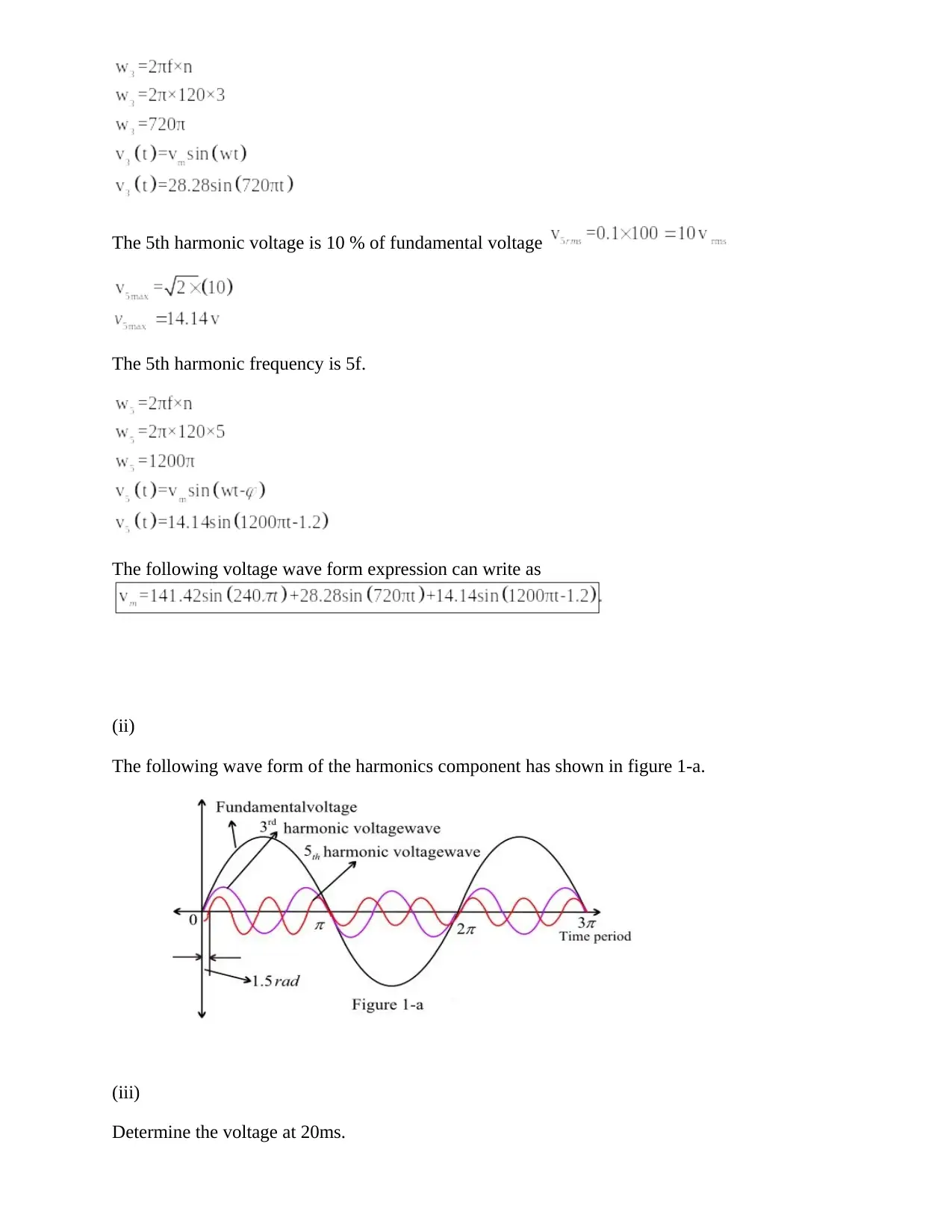
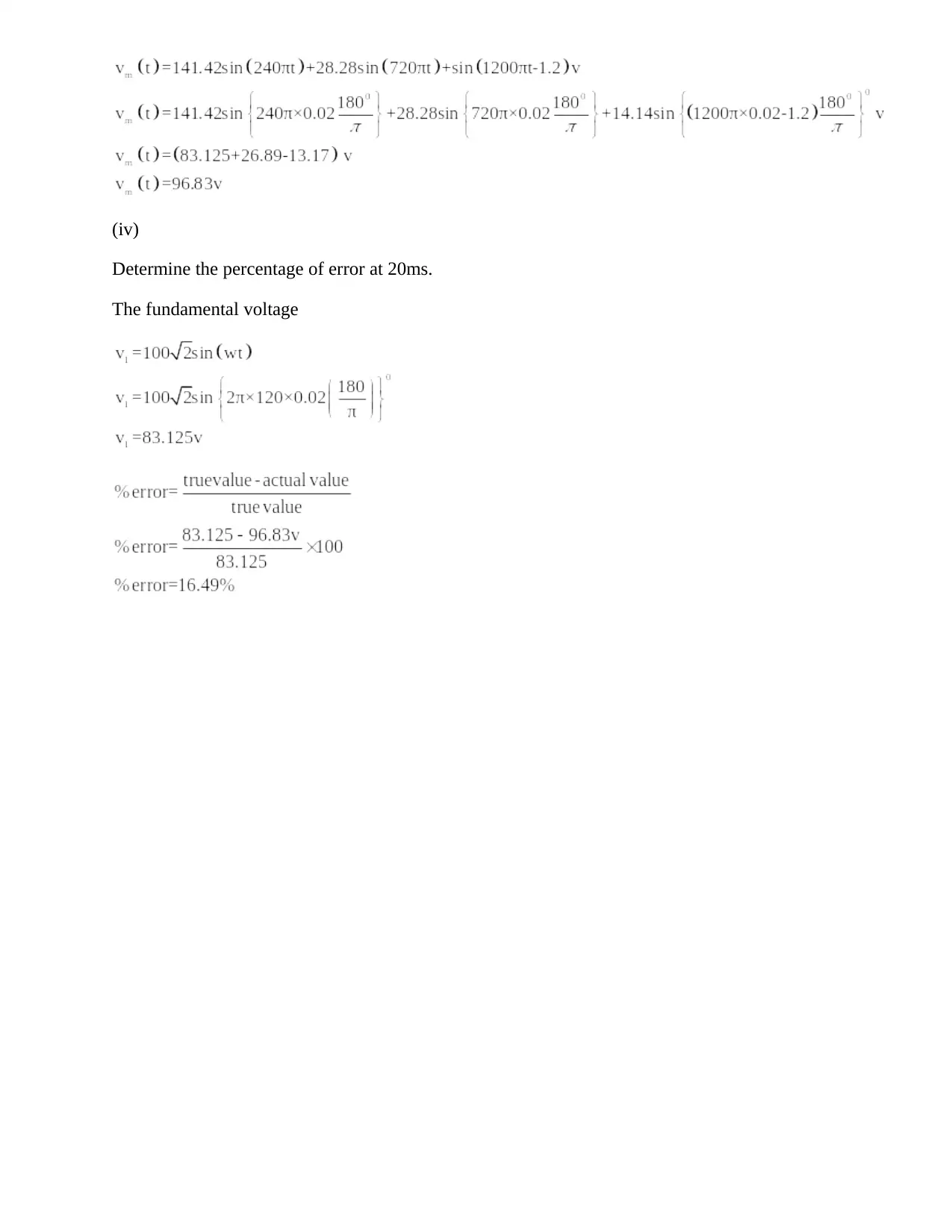






![[object Object]](/_next/static/media/star-bottom.7253800d.svg)